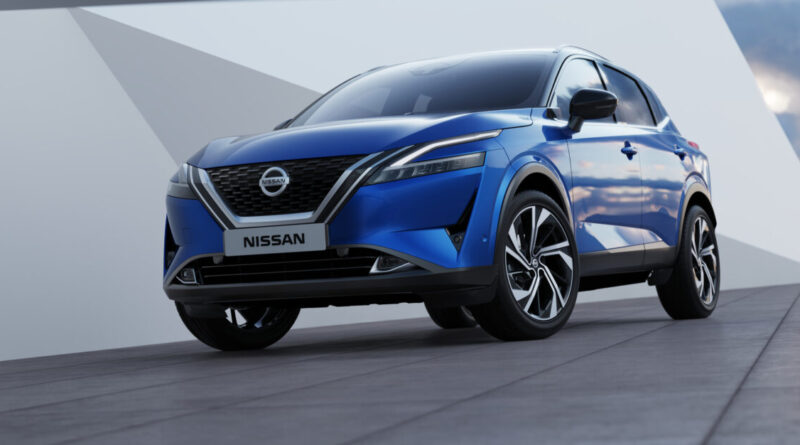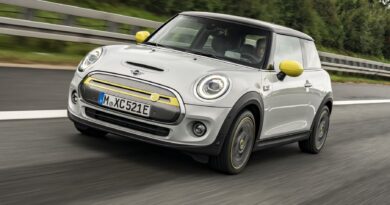It’s got the e-Power! Nissan debuts new Qashqai hybrid
Nissan has revealed the third generation Qashqai medium SUV including details of the hybrid e-Power system set to join the line-up when it reaches Australia in late 2021.
This is the third generation Qashqai, which is engineered and built in Europe and where it has accounted for more than three million sales since 2007.
EXPLAINER: Nissan e-Power hybrid tech
The five-seat five-door wagon has also proved popular in Australia, where the first generation was sold as the Dualis.
In Europe the new Qashqai will be offered with a 1.3-litre mild-hybrid turbo-petrol engine and the e-Power drivetrain that combines a 140kW/330Nm electric motor with a 1.5-litre variable compression petrol engine that acts purely as a generator, rather than driving the wheels directly.
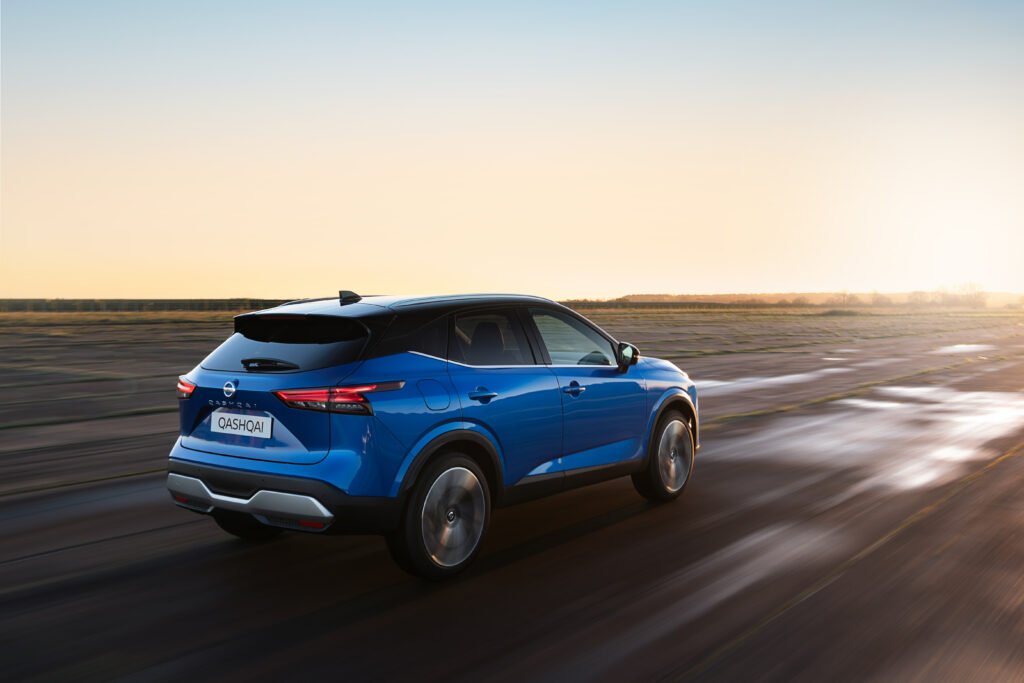
Using the petrol engine as a generator means a smaller – size still unspecified by Nissan – battery pack can be fitted. That means there is no need to plug in and recharge as an orthodox PHEV would do.
The Japanese manufacturer says this system also means the engine can always run within its optimal range, leading to superior fuel efficiency and lower CO2 emissions compared with a traditional internal combustion engine.
If all that sounds familiar, you’re right. E-Power is a similar concept to the old Holden Volt. For more on e-Power check out our separate story here.
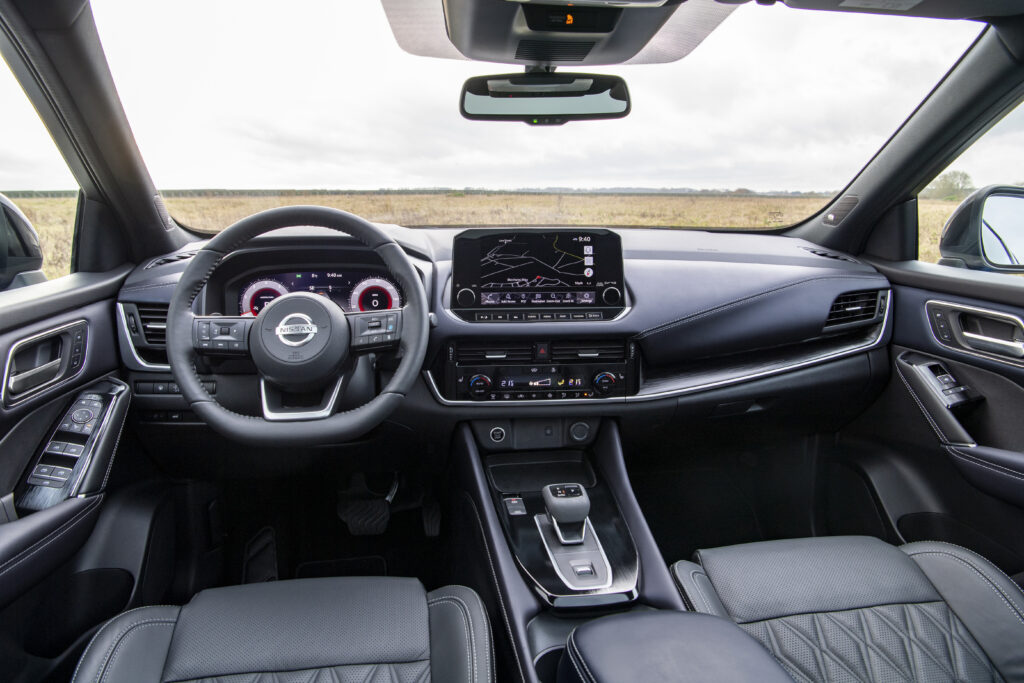
“The e-Power system offers the best transition technology between ICE and EV, allowing users to enjoy exhilarating EV driving sensations and impressive efficiency at an affordable price point,” said David Moss, Region Senior Vice President Research and Development, Africa, Middle East, India, Europe and Oceania (AMIEO).
“We’re really looking forward to customers experiencing the thrill of new Qashqai’s superior electrified driving performance – it’s a perfect expression of Nissan Intelligent Mobility.”
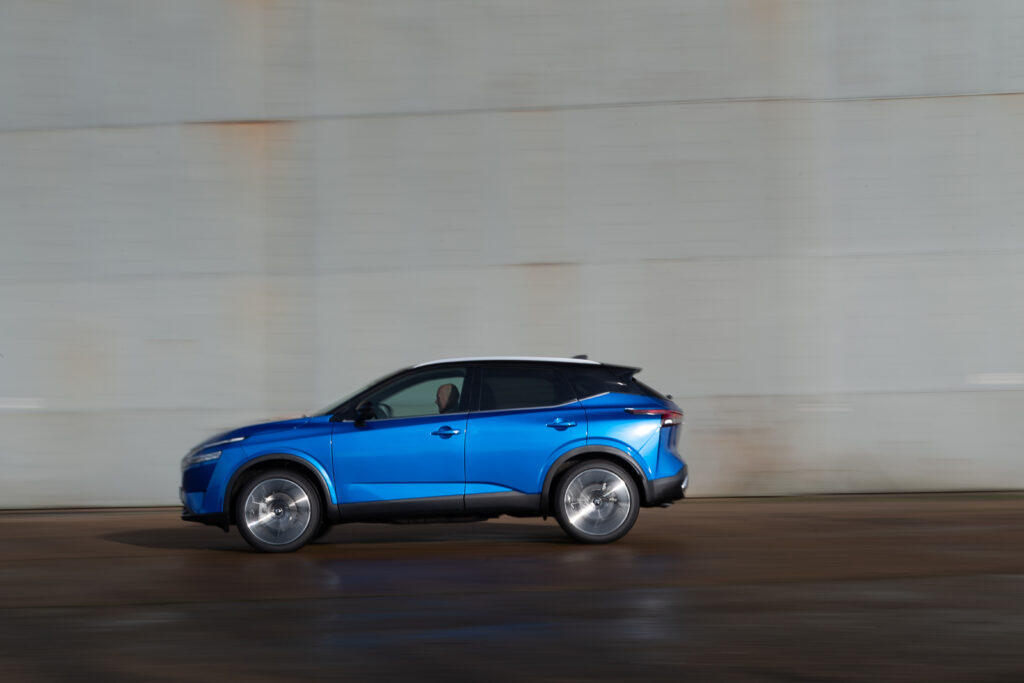
There are three driving modes on e-Power versions: Standard, Sport and Eco. In Standard, the Qashqai is tuned to simulate the engine-braking of a conventional petrol vehicle.
In Sport mode, it improves acceleration response with reduced engine off-time, especially in sporty driving scenarios.
In Eco, the car goes into fuel-saving mode by optimising battery management and allowing the driver to select a coasting model for economical highway driving.
In all modes an additional B mode can be selected, which increases the energy recuperation at lift-off, slowing the car more efficiently without the use of the brake pedal.
Nissan says the Qashqai e-Power accelerates quicker than hybrid rivals, but with a lower engine RPM. It claims the system operates very quietly, much like a full electric vehicle.
It has yet to make a pure electric range claim for the Qashqai e-Power
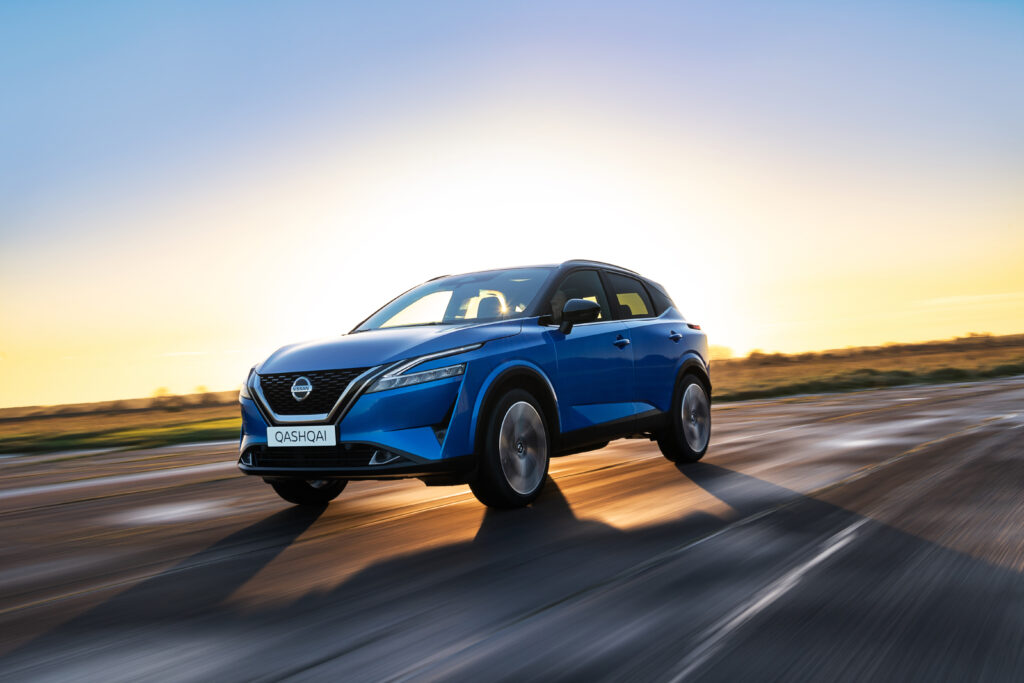
Similar to the Nissan Leaf EV – and the upcoming more powerful Leaf e+ – the new Qashqai e-Power includes e-Pedal, which allows drivers to start, accelerate and decelerate using only the accelerator pedal.
In stop-and-go urban driving conditions, e-Pedal is designed to significantly reduce the need to move your foot from one pedal to the other by providing up to 0.2G of deceleration when lifting off the accelerator.
Nissan’s e-Power system has been offered by Nissan in Japan and some other countries since 2017, but with a smaller 1.2-litre engine.
Underpinned by the Renault-Nissan alliance CMF-C platform, the new Qashqai’s body in white (the body minus windows, trim and interior parts) is 60kg lighter and 41 percent stiffer than its predecessor.
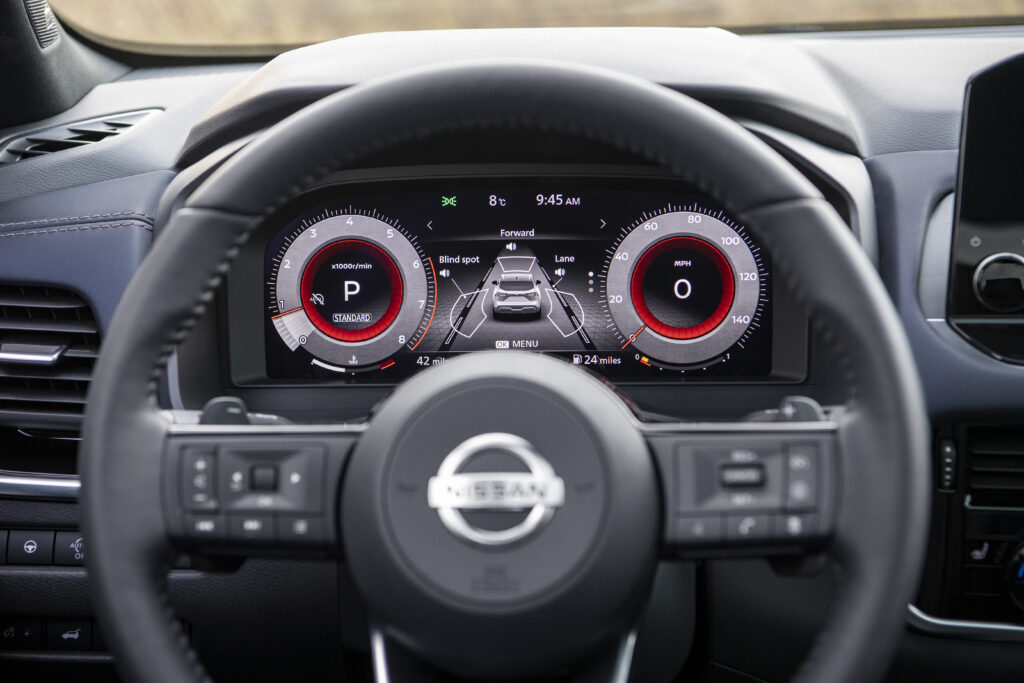
The wheelbase has increased by 20mm with the overall length increasing 35mm to 4425mm. There’s a marginal increase in height (+25mm) and width has increased 32mm.
The Qashqai is underpinned by MacPherson strut suspension. The mild hybrid Qashqai drivetrain is offered in front- and all-wheel drive, while the e-Power is front-wheel drive only.
Overall luggage capacity has lifted 50 litres, thanks in part to a lower boot floor enabled by a more compact rear suspension design.

Nissan says it has made the exterior design shaper and more muscular. The corporate ‘V-motion’ grille has also been enlarged. LED matrix technology allows slimmer headlights. The new Qashqai will roll on wheels up to 20 inches in diameter.
The Qashqai features a new generation Nissan ProPilot semi-autonomous driving system that allows the speed to be adjusted by reading road signs or based on the navigations system.
Infotainment tech is substantial, including smartphone integration, in-car wifi for up to seven devices, a dedicated NissanConnect service App, a 9.0-inch display screen, 12.3-inch digital information screen and a 10.8-inch head-up display.

